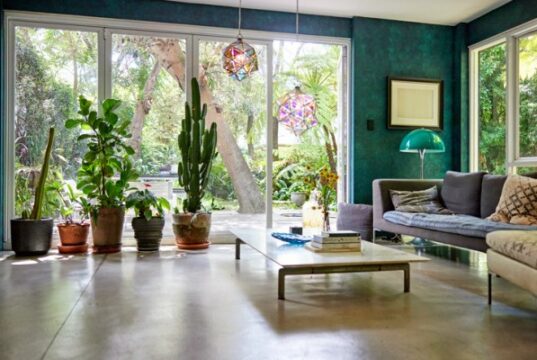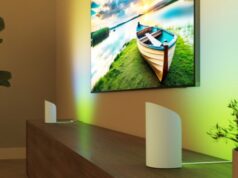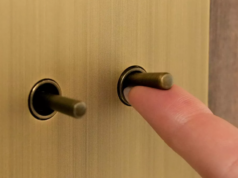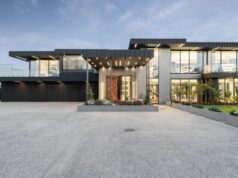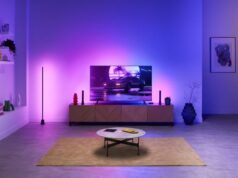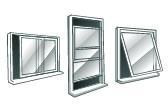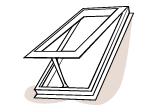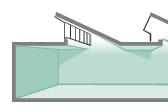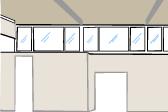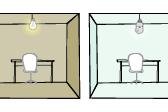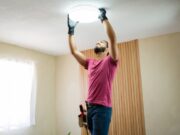Daylighting requirements
The number of windows in your home and where you put them is restricted by rules designed to ensure a minimum amount of daylight...
Windows and daylight
The most common and essential form of daylighting in almost all homes, windows play a very big part in lighting design.
According to the Building...
Skylights and roof lanterns
Skylights generally allow much more light into a room than windows do, thanks to their access to direct sunlight.
A decent skylight offers a...
Sawtooth roofs
This traditional daylighting method is mostly used in industrial buildings, but is now making a comeback in homes.
Sawtooth roofs are making a resurgence in...
Clerestory windows
Traditionally narrow bands of windows across the tops of buildings, but now seems to include any 'higher-than-average' window.
Clerestory windows allow daylight in without compromising...
Performance considerations for lighting
Not all lighting is equal - and nor is it designed to serve the same practical purpose, or provide the same 'feel'. Read about...
Globe age and lumen depreciation
Find out how different types of globes deteriorate over time, and what effect that has on the quality of they light they produce.
When...
Luminous efficacy
Luminous efficacy determines how much light you get for the power you use - and there are huge differences between globe types.
Luminous efficacy differs...
Warm-up times
Compact fluorescent lamps (CFLs) in particular may require a certain amount of time to reach their full brightness.
CFLs in particular are prone to...
Lighting maintenance
Lighting plays a crucial role in both the functionality and comfort of your home. But even the most energy-efficient lights won’t perform well — or safely — if they’re not properly maintained. Dusty fittings, flickering globes and worn-out switches don’t just affect visibility. They can also lead to higher energy costs and potential safety hazards.

